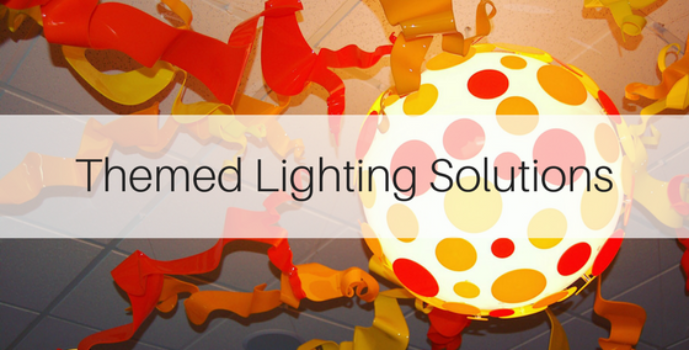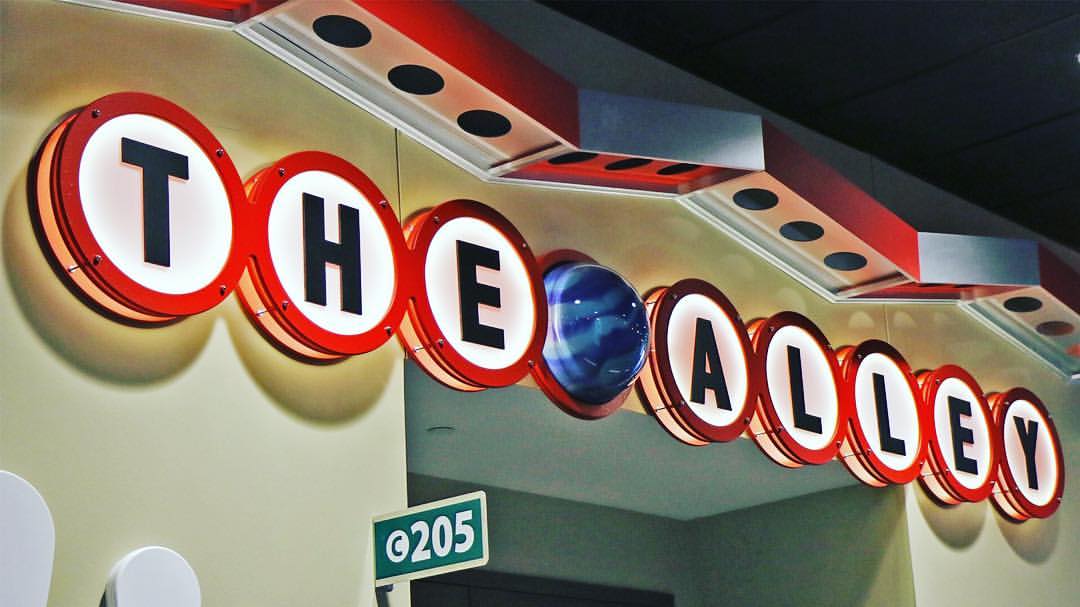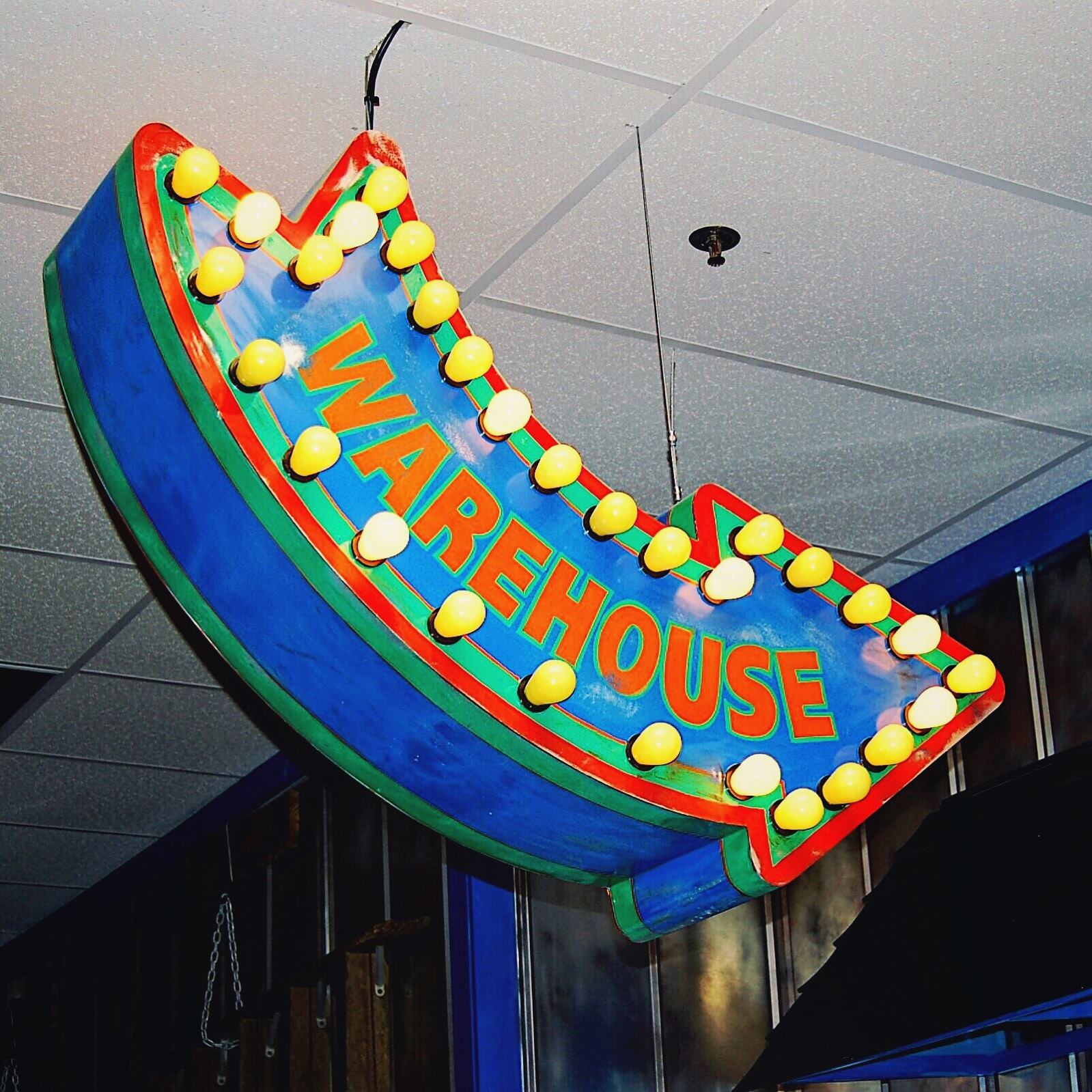Your growth statistics. The attitudes of your staff. Everything–from the murals to the furniture–is affected by how light either highlights or shadows, enlarges or diminishes, welcomes or repels. As a result, integrative themed lighting design that enhances your space’s theme can create a more cohesive, effective and purposeful environment.
So, how can your themed lighting systems become an integral design element rather than just an interior necessity?
Beyond the basic principles of lighting design (from how to harness natural light in a space to using energy efficient and cost effective brands) it is important to understand how lighting choices affect people’s experience of a space. In this article, we hope to explore the thought process behind themed lighting design and propose some solutions to common problems.
1. How should I use my lights?
Your lights should emphasize points of focus. In essence, you should ask yourself: what key elements of my space deserve the most attention? These might include way-finding signs, a sculpture, stage, coffee area, mission wall, and more. So make sure the lighting in these areas creates the proper ambiance.
Maybe you have some natural light in your entrance areas or hallways. Without disrupting the flow of traffic or the line of sight, try to place your key elements along the line of that natural light. Architectural, built-in lighting can sometimes pose a challenge–causing the lighting to be unevenly or poorly distributed. In this case, you might need some extra help to make an element pop–see the points below for more thoughts on that.
2. I want our lights to say something about our brand. Can “Themed Lighting” do that?
Of course, themed lighting is about being inventive! You would be surprised by how many lighting options are available. Scan Pinterest, ask your local interior design, or scroll through our albums on Flickr.
Go beyond the basic shade, with LEDs, backlit signs, color lights, string lights, alternative light coverings and arrangements.
Incorporate these elements into your signage to make it more visible and engaging. But also remember that your brand is more than the logo, because the atmosphere of your space plays a huge role in how memorable you are.
3. How can I attract people to a certain place in my church or help shift their emotional state?
Light is directly affects people’s psychological state. A recent study suggests that darkness, a lack of natural light, and dull colors had a depressive effect on the participants, but that even and regular exposure to natural lighting (even during winter) and very colorful environments created an ideal workplace.
Make sure that your current places of congregation are appropriately lit and communicate a sense of vitality. However, if you are trying to draw attention to a new area of your building, rearrange your lighting, introduce a new focus (through furniture, themed elements, or a service) and create a place of color to naturally guide people.






